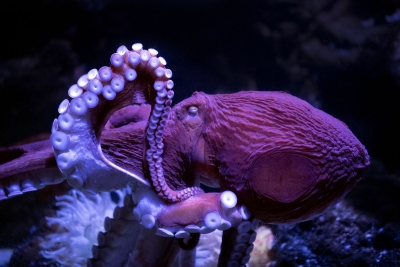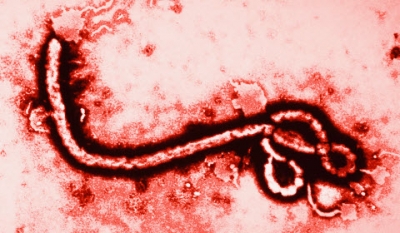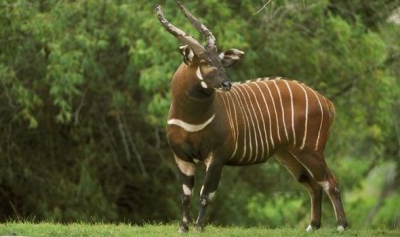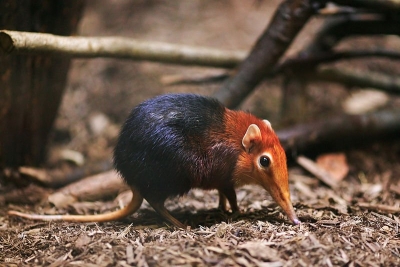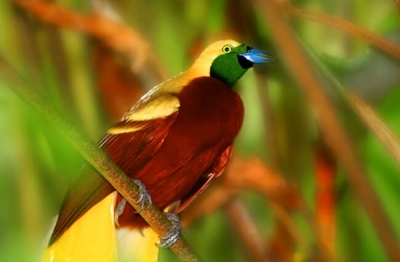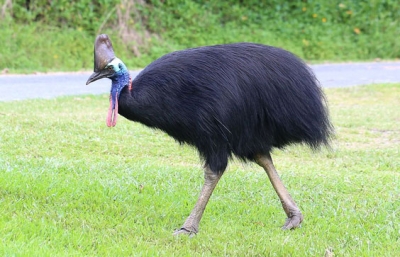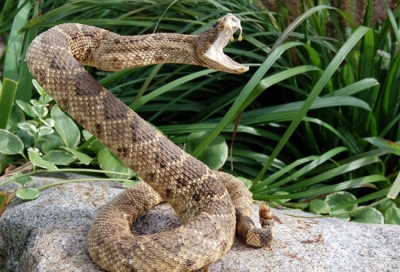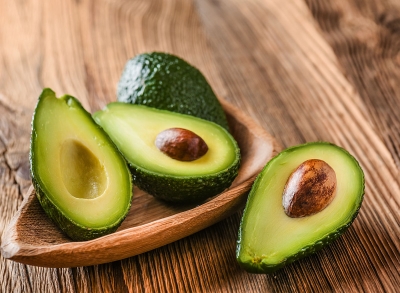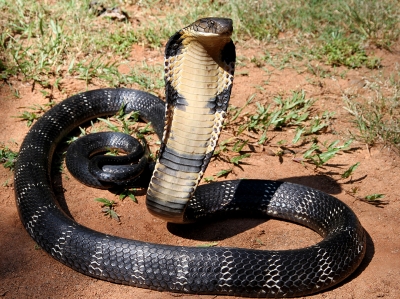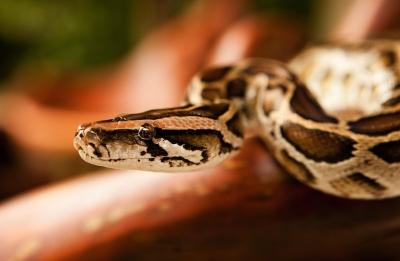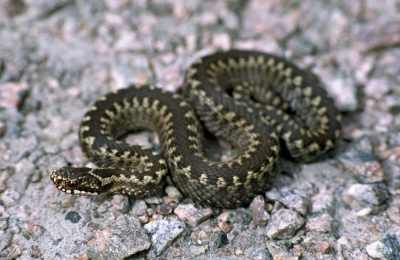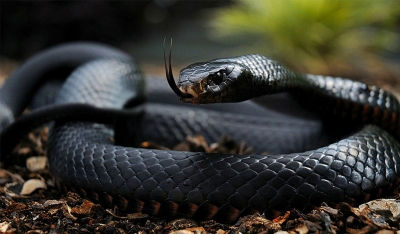What are the fun facts of porcupine?
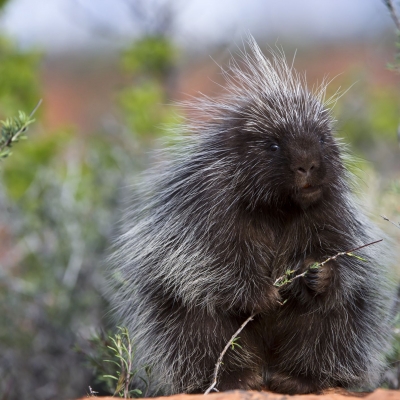
Porcupine is a large rodent that lives in Africa Europe, Americas and Asia. It is known for the sharp quills that cover its body. There are over two dozen porcupine species and all of them have these quills. Some porcupines have up to 30,000 quills on their body.
It uses the quills as a defence. These quills typically lie flat until it is threatened. They rise up and deter predators. The quills are easily released when predators get in touch with it. Lost quills are replaced with new quills.
It is a nocturnal animal, eating leaves, stem, bark and fruit. It lives in tree branches or tangles of roots, and rock crevices. Its home is called a den.
The largest porcupine is the North African crested porcupine. It grows up to 36 inches (90 centimeters) long. The smallest is the Bahia hairy dwarf porcupine. It grows up to 15 inches (38 cm) long. Porcupines weigh 2.5 to 77 lbs. (1.2 to 35 kilograms), depending on species, and their tails can grow up to 8 to 12 inches (20 to 30 cm), according to the San Diego Zoo. The length of quills varies by type. New World porcupines have small quills that are around 4 inches (10 cm) long, while Old World porcupines have quills that can grow up to 20 inches (51 cm) long, though there are some exceptions.
A typical mating ritual consists of two males fighting over a single female. The males are careful not to injure themselves during the fight, and the winner territorially urinates on the female so that she knows to move her tail aside for safe, quill-free mating.
Picture Credit : Google
